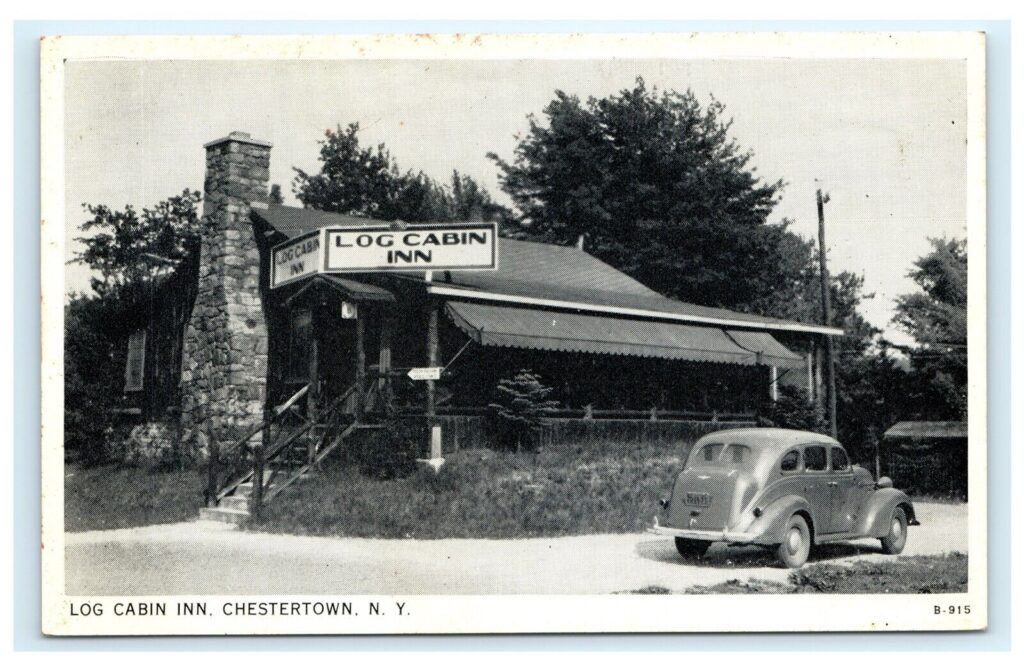The first automobile in the Adirondack park drove to Saranac Lake in July of 1902. At the time it was a mystifying novelty, but it would soon become commonplace and change everything about the way tourists interacted with the park. With automobiles came roads, hotels, campsites, trails, rental gear and a booming tourism economy. They were a key step in the move towards hiking as a common tourist activity. The popularization of automobiles revolutionized tourism in the Adirondacks and played an important role in the rarely popularization of hiking in the region.

The early 20th century brought on a new era of tourism in the Adirondack Park. Tourists drawn to the region after the publication of Adventures in the Wilderness by W.H.H. Murray nicknamed Murray’s Fools, changed the image of the previous typical wealthy Adirondack park visitor. This wave of tourism made the Adirondacks more accessible for middle to upper-middle class families, paving the way for more affordable rail transport and moderately priced hotels as the market for these services developed. As cars became more accessible to the middle class around the 1920s, touring the country by car became more common.
Suddenly many more people had a very convenient way to access the Adirondack Park. This need prompted further development of roads which let tourists access new areas of the region; they were no longer limited to the locations with train stations. This tourism evolution promoted a new look at the recreational use of the forest preserve; the state conservancy bureaucracy began seeing its primary role as popularizing and facilitating the use of public land (Terrie, 126). During the first 30 years of the Forest Preserve the state did not mark a single new trail, build a new lean two, or publish a brochure or map of any kind.
That changed when, in 1917, the conservation commission began marking trails to fire tower summits. These trails began on highways where cars could be parked. By 1919, 20,000 hikers a summer were exploring these trails and learning about forest fire safety (Terrie, 127). In 1920, the conservation commission opened roadside campgrounds intended for tourists in cars. These initial new tourist developments resulted directly from this new way to access the Adirondack Park.
(pictured right: Hikers on Black Mountain in 1918)

As an immediate reaction to this new influx of people, in 1923 the Conservation Commission decided they should be offering large campsites with bathrooms and potable water. Large campsites created to accommodate the new crowds were immediately met with demands for more. This kind of development of campsites was completely unprecedented in the region, introducing a new variation of tourism that would remain popular for years to come. This also contributed to an influx of hiking as people could drive to campsites and engage in all kinds of outdoor activities more easily. The development of automobiles was one of the first big steps in the development of hiking, especially in the high peaks region, as a tourist activity. Previously, most tourists in the region were focused on water recreation, especially canoeing, but with this change there was more flexibility and accessibility following the development of more campsites and tourist attractions away from the water. This was a very important step towards the significance of hiking as we know it today.
Image sources:
Image 1: https://www.ebay.com/itm/185656595070
Image 2: https://www.adirondackexplorer.org/book_reviews/adirondack-fire-towers-their-history-and-lore